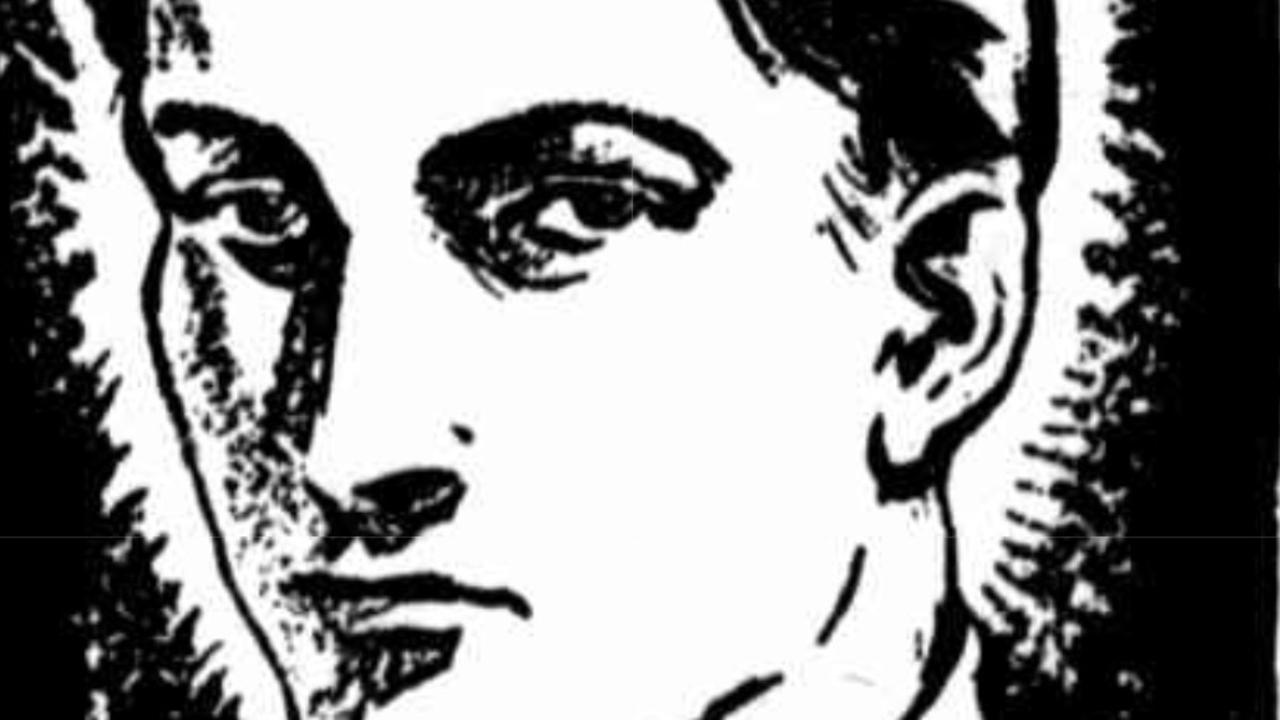Meet Charles Foussard, the man who served world’s longest jail sentence
Charles Foussard was just 21 when he was locked up. He ended up serving the world’s longest period of incarceration, inside Ararat’s notorious J Ward – Victoria’s asylum for the criminally insane. But how did he end up there?
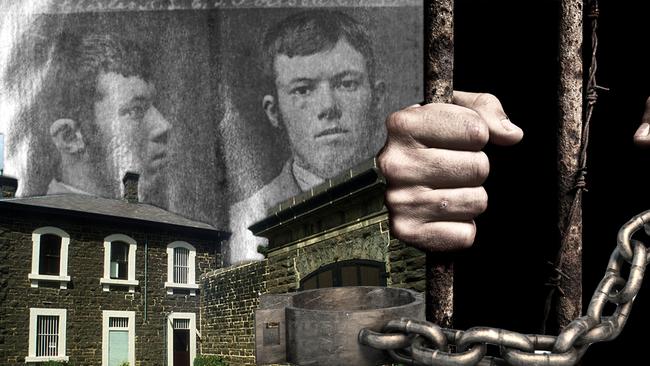
Our Criminal History
Don't miss out on the headlines from Our Criminal History. Followed categories will be added to My News.
When we think of lengthy jail sentences, we tend to think of the United States, the land where it’s somehow sensible to sentence a person to 390 years’ jail when a simple “never to be released” would suffice.
But the man who served the world’s longest period of incarceration did so right here in Victoria, spending the vast majority of the 20th century inside Ararat’s notorious J Ward.
For more than 100 years it was Victoria’s asylum for the criminally insane.
He was Charles Foussard, who killed another man in 1903, aged 21, and stayed in jail at the Governor’s pleasure until his death in 1974, aged 92.
Charles Lucas Edmund Kindel Sidi Foussard was born in France in 1882.
His family later emigrated to New Caledonia but, aged 18, Foussard sailed for Australia aboard a ship, the St Louis.
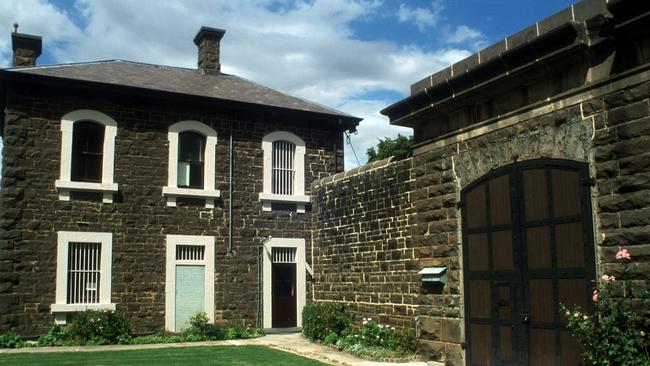
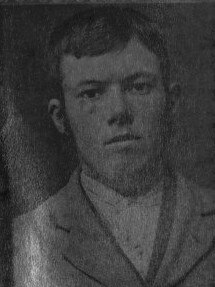
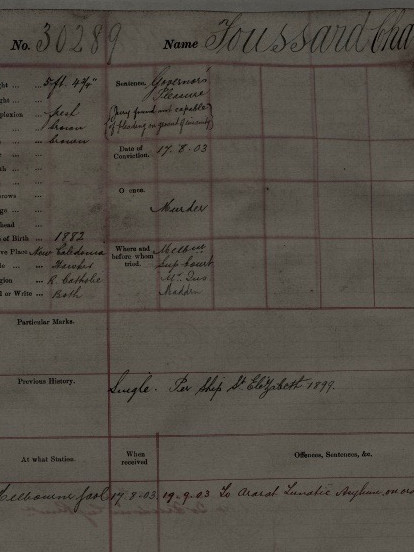
J Ward researcher and historian Ron Roberts said Foussard murdered an elderly rabbiter named Bill Ford in Ford’s hut at Skye, near Cranbourne, in July 1903.
Ford was shot five times with a rifle that Foussard had previously stolen.
“He (Foussard) was a bit stupid. He actually took Ford’s boots off him, and Ford had his name on them, so that didn’t go down too well,“ Mr Roberts said.
Foussard walked about 30 miles (48km) in his newly acquired boots to Gembrook, where he burned the rifle.
He then walked back through Dandenong and was on the Frankston-Dandenong Road, Frankston bound, when black trackers and detectives who had followed the footprints of the distinctive stolen boots caught up with him, days later.
A report in the Weekly Times on July 18, 1903, said Foussard readily admitted to his crime and led detectives to the site where he burned the rifle.
“He went to trial. The government medical officer of the moment was a Mr O’Brien, and he said Foussard was of unsound mind and delusional,” Mr Roberts said.
“Now, in those days, there were no such things as psychiatric assessments. It was judge that decided, and Foussard said two things to the judge that were interesting.
“One: he asked Foussard, ‘Why did you murder him?’. He said, ‘I had a pet mule at home called Lazarus, who was made from a magician and lives in the clouds, and Lazarus tells me who I’ve got to go and murder’.
“And the second thing: he quietly said to the judge, ‘When I was in New Caledonia, my mother sewed four millions (and I don’t know whether that was pounds or some other currency what) into my stomach and, if you let me go, I’ll share it with you.
“At that point, the judge said, ‘Send him to J Ward’.
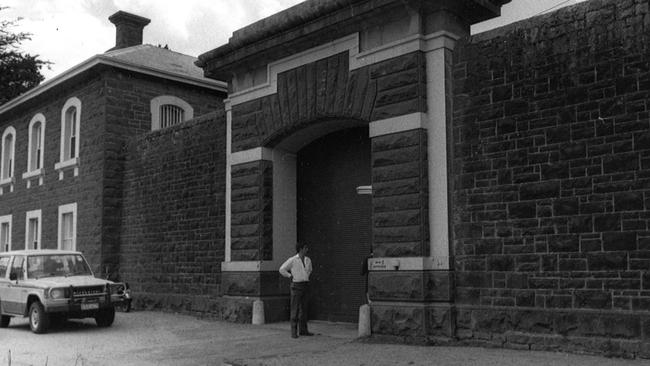
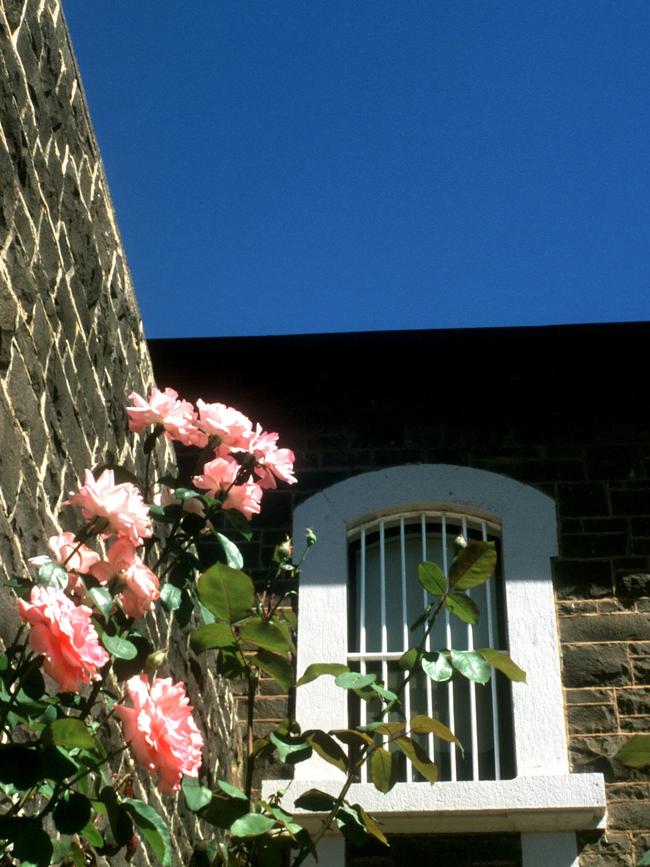

LIFE IN J WARD
He was found not guilty on the grounds of insanity and was incarcerated at the Governor’s pleasure, first at the Melbourne Gaol, on August 18, 1903.
On September 19, 1903, he was transferred. His prison record was marked: “To Ararat Asylum by order of His Excellency”.
“When he came here, it was sleeping on the floor only. He was in the older section, because the new section wasn’t built in 1939. No beds. You slept naked to stop you suiciding. You had a bucket for a toilet.
“Bedtime was 7.15pm. Each night you were locked down until 7.15 in the morning.
“In the waking hours, you were fed. You were put out into the yard for ‘exercise’ – in other words, you were watched – and then you were brought in for lunch, sent out again, brought in for tea at 5.30.
“Then you’d pick up your bucket, walk to your cell and you were locked down at 7.15.”
Conditions weren’t much better by the late 1970s, a few years after Foussard died, when underworld figure Mark Brandon “Chopper” Read found himself at J Ward after he famously had his ears cut off.
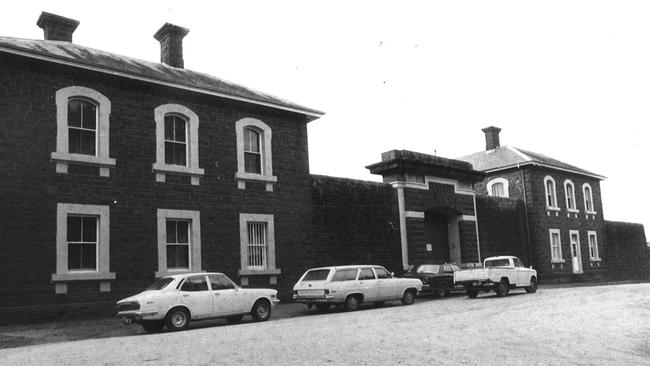
In his autobiography, One Thing Led to Another, he wrote: “Luckily for me, I only ever spent two weeks in J-Ward. It was around 1978 or 1979.
“It was a terrible place. People slept on a concrete floor. There was a sh** bucket in the middle of the room. Meal times were like feedings of animals. Some of the people couldn’t have their straitjackets removed, they were that mad, so the people still wearing straitjackets would just dunk their heads into their bowls of food.”
Mr Roberts said it was a brutal existence.
“It was there for you – and by that, I mean society – more than them. Society didn’t want these people around, and it was the government’s job to keep them safe, so they locked them up there,” he said.
“They couldn’t put them into a (general population) jail because they were insane, and under the British system you can’t be found guilty. You don’t understand the process, do you? But if you were incarcerated at the Governor’s pleasure, that was it.
“You were never getting out. And he stayed there for 71 years, until he was 92.”
Mr Roberts said it appears Foussard lived a quiet like in J Ward.

“The funny thing is that when you go back to find staff that were before ’74, and they are harder to find now, and they’ll say he was there but he never made an impression. They said they remember him but that’s all they seem to be able to say about him. Foussard? He was a nonentity,” he said.
“He went around, sat there all day and did nothing, and probably hoped to hell he had the four million stitched into his stomach if he got out.”
Mr Roberts said Foussard may have been transferred around the age of 90 to a secure ward of the nearby Aradale asylum.
He died in Ararat on June 17, 1974.
Prison records list the cause of his death as “senile degeneration and dementia”. His body was buried in a pauper’s grave in the Roman Catholic section of the Ararat Cemetery.
J Ward started life as HM Prison Ararat, a Pentonville-style stone jail that opened in October 1861.
After the gold rush faded in the area, the prison became J Ward, a section of the Ararat Lunatic Asylum that served as a maximum security ward for the criminally insane.
J Ward was finally closed in January 1991, and became a museum in 1993.
@JDwritesalot
READ MORE:
Notorious killers and criminals who have turned their hand to art
Mitchell Toy on the secret societies that have operated in Melbourne
Originally published as Meet Charles Foussard, the man who served world’s longest jail sentence


